#664-525 B.C.
Text
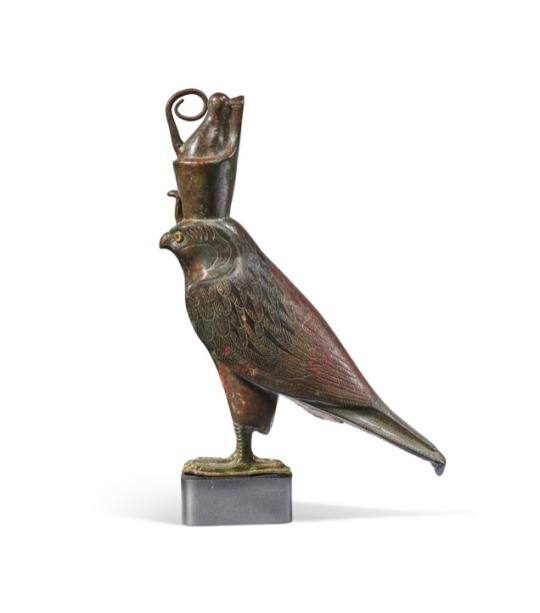
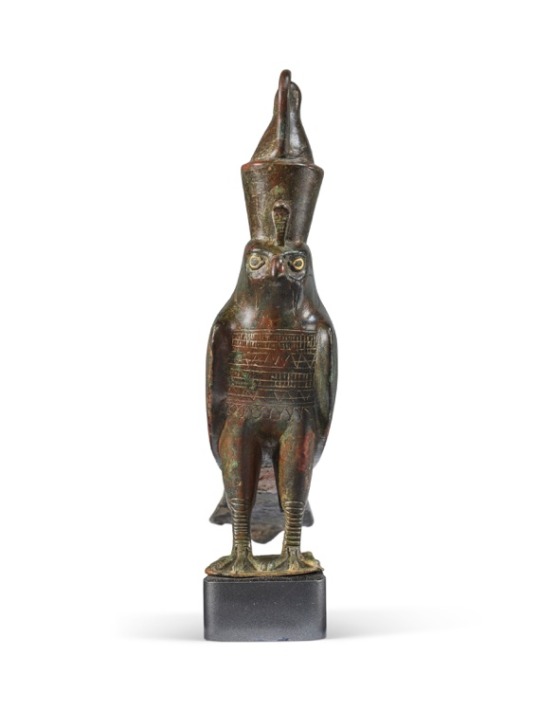
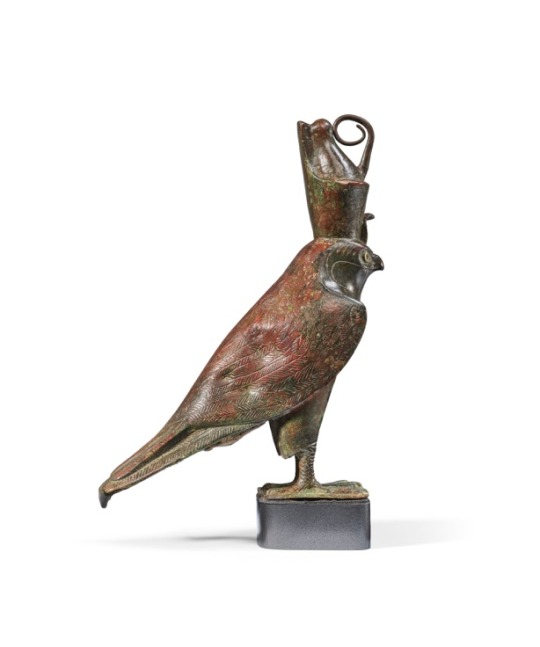
AN EGYPTIAN BRONZE HORUS FALCON
LATE PERIOD, 26TH DYNASTY, 664-525 B.C.
#AN EGYPTIAN BRONZE HORUS FALCON#LATE PERIOD#26TH DYNASTY#664-525 B.C.#bronze#bronze statue#bronze sculpture#ancient artifacts#archeology#archeolgst#history#history news#ancient history#ancient culture#ancient civilizations#ancient egypt#egyptian history#egyptian art#ancient art
141 notes
·
View notes
Text

Canopic jar with a jackal-headed lid
Late Period, Saite
664–525 B.C.
the met
101 notes
·
View notes
Text
Elaborate underground embalming workshop discovered at Saqqara
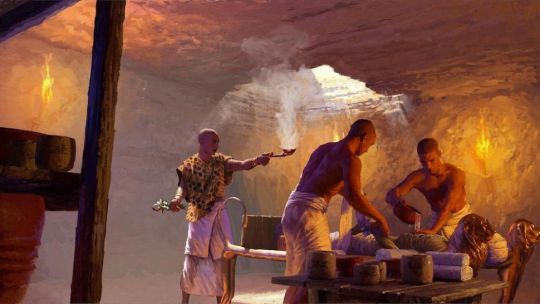
Archaeologists at Saqqara have finally identified the many embalming ingredients used to mummify the dead in ancient Egypt. They also deciphered how those different ingredients — many of which came from distant lands — were used.
In 2016, an international team of archaeologists discovered the underground embalming workshop near the pyramid of Unas, south of Cairo. The complex of rooms held approximately 100 ceramic vessels dating to the 26th dynasty of Egypt (664 to 525 B.C.). While many of the vessels had inscriptions identifying their contents, some of the embalming substances remained a mystery.
Now, in a first-of-its-kind study published Feb. 1 in the journal Nature, researchers have used chemical analysis of the resins coating the vessels to identify the contents. Read more.
522 notes
·
View notes
Text

Figure of a Baboon
Egypt, Late Period 664–525 B.C.
Thoth, the god of writing, accounting and all things intellectual, was associated with two animals: the ibis and the baboon. His images either show him represented by these animals or they combine a human body with an ibis head. Here the god appears as a baboon.
70 notes
·
View notes
Text
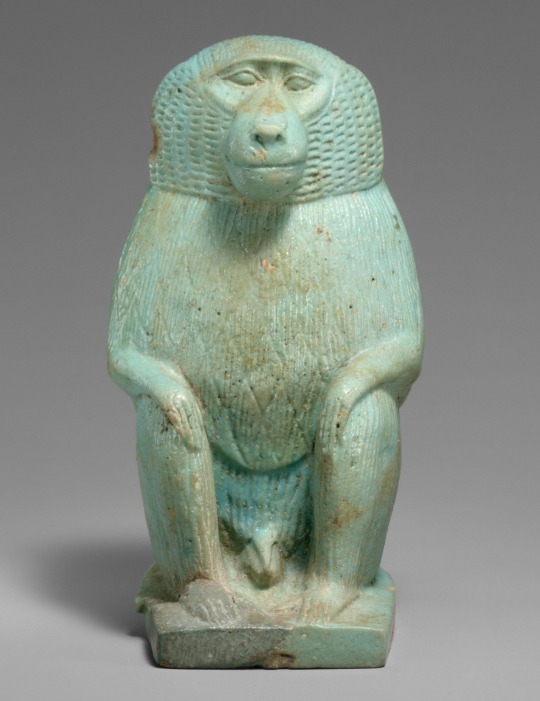
Egyptian
Figure of a Baboon
664-525 B.C.
#egyptian art#ancient egypt#ancient people#ancient history#baboons#animals in art#beautiful animals#ancient art#statue#antiquities#artifacts#ancient artifacts#egyptian history#egyptian culture#aesthetic#beauty#art history#aesthetictumblr#tumblraesthetic#tumblrpic#tumblrpictures#tumblr art#tumblrstyle#artists on tumblr
120 notes
·
View notes
Photo
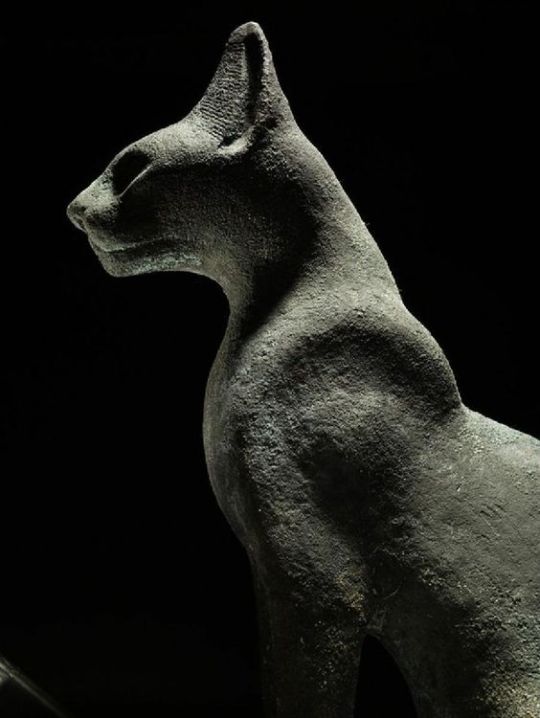
Bastet Cat Egypt Late Period, XXVI Dynasty c. 664 - 525 B.C.
88 notes
·
View notes
Photo

Ancient Egyptian Gold Ring of Priest Sienamun - Date: 664–525 B.C.
511 notes
·
View notes
Text

Maahes, the lion war god, from 664-525 B.C.
142 notes
·
View notes
Photo

Head from a figure of Osiris. ca. 664–525 B.C.. Credit line: Bequest of Nanette B. Kelekian, 2020 https://www.metmuseum.org/art/collection/search/329769
#aesthetic#art#abstract art#art museum#art history#The Metropolitan Museum of Art#museum#museum photography#museum aesthetic#dark academia
6 notes
·
View notes
Text
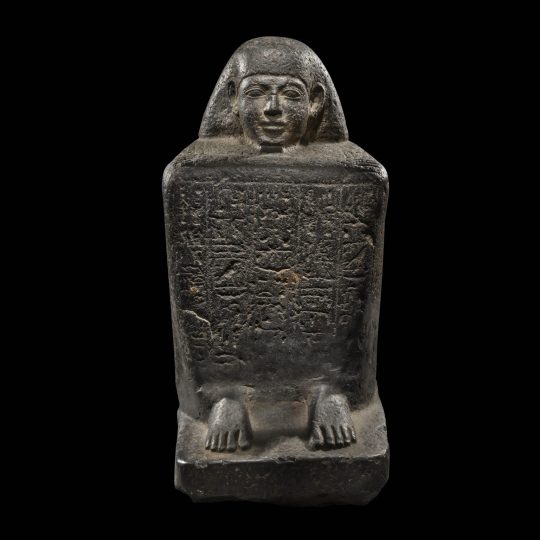

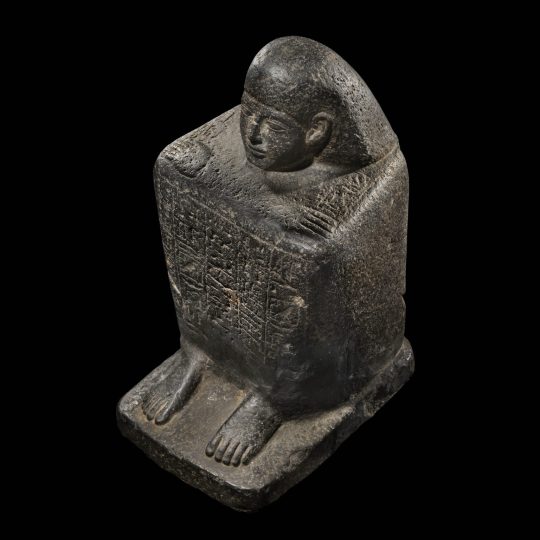
Egyptian Basalt Block Statue
Egyptian · Late Period, Dynasty 26, ca. 664-525 B.C.
#Egyptian Basalt Block Statue#Late Period#Dynasty 26#ca. 664-525 B.C.#statue#ancient artifacts#archeology#archeolgst#history#history news#ancient history#ancient culture#ancient civilizations#ancient egypt#egyptian history#egyptian art
231 notes
·
View notes
Text
A Set of Four Egyptian Banded Alabaster Canopic Jars, 26th Dynasty, 664-525 B.C.
Heights 16, 17 1/2, 16 1/2, and 16 in. 40.7, 44.4, 41.9, and 40.7 cm.
SOLD. 432,500 USD

0 notes
Text

Statuette of the goddess Neith
Late Period
664–525 B.C.
the met
63 notes
·
View notes
Text

~ Thoth, God of Learning and Patron of Scribes.
Culture: Egyptian
Date: 664–525 B.C.
Medium: Slate
#ancient#ancient art#ancient egypt#egypt#egyptian#thoth#god of learning#patron of scribes#slate#664 b.c.#525 b.c.#history#archeology#museum
1K notes
·
View notes
Text
Mummy with gold-foil 'tongue' found in sealed Egyptian tomb

Archaeologists have discovered the remains of three ancient Egyptian inhabitants — a man, woman and child — outfitted with tongues of gold foil, a treasure likely intended to help them speak with gods in the afterlife, according to the Egyptian Ministry of Tourism and Antiquities.
The burials were found in two neighboring tombs. One of the tombs, which had been plundered by grave robbers, held the remains of the woman and a 3-year-old child, and it had a limestone sarcophagus with a lid shaped like a woman, according to Ahram Online. But the man's grave, from the 26th dynasty (664 B.C. to 525 B.C.), also known as the Saite period, was untouched.
"This is very important, because it's rare to find a tomb that is totally sealed," Read more.
339 notes
·
View notes
Photo


Egypt reveals 59 ancient coffins found near Saqqara pyramids
Khaled El-Enaby, Minister of Tourism and Antiquities, right, and Mostafa Waziri, the secretary-general of the Supreme Council of Antiquities, left, react after opening the sarcophagus is around 2500 years old at the Saqqara archaeological site, 30 kilometers (19 miles) south of Cairo, Egypt, Saturday, Oct. 3, 2020. Egypt says archaeologists have unearthed about 60 ancient coffins in a vast necropolis south of Cairo. The Egyptian Tourism and Antiquities Minister says at least 59 sealed sarcophagi with mummies inside were found that had been buried in three wells more than 2,600 years ago. (AP Photo/Mahmoud Khaled)
CAIRO (AP) — Egypt’s tourism and antiquities minster said on Saturday archaeologists have unearthed dozens of ancient coffins in a vast necropolis south of Cairo.
Khalid el-Anany said at least 59 sealed sarcophagi, with mummies inside most of them, were found that had been buried in three wells more than 2,600 years ago.
“I consider this is the beginning of a big discovery,” el-Anany said, adding that there is an unknown number of coffins that have yet to be unearthed in the same area.
He spoke at a news conference at the famed Step Pyramid of Djoser in Saqqara where the coffins were found. The sarcophagi have been displayed and one of them was opened before reporters to show the mummy inside. Several foreign diplomats attended the announcement ceremony.
The Saqqara plateau hosts at least 11 pyramids, including the Step Pyramid, along with hundreds of tombs of ancient officials and other sites that range from the 1st Dynasty (2920 B.C.-2770 B.C.) to the Coptic period (395-642).
Mostafa Waziri, secretary general of the Supreme Council of Antiquities, said initial studies show that the decorated coffins were made for priests, top officials and elites from the Pharaonic Late Period (664-525 B.C.).
He said archaeologists also found a total of 28 statuettes of Ptah-Soker the main god of the Saqqara necropolis, and a beautifully carved 35 cm tall bronze statuette of god Nefertum, inlaid with precious stones. The name of its owner, Priest Badi-Amun, is written on its base, he said.
Egyptian antiquities officials had announced the discovery of the first batch coffins last month, when archaeologists found 13 of the containers in a newly discovered 11 meter-deep (36 feet) well.
The Saqqara site is part of the necropolis of Egypt’s ancient capital of Memphis that includes the famed Giza Pyramids, as well as smaller pyramids at Abu Sir, Dahshur and Abu Ruwaysh. The ruins of Memphis were designated a UNESCO World Heritage site in 1970s.
El-Anany said the Saqqara coffins would join 30 ancient wooden coffins that were discovered in October in the southern city of Luxor, and will be showcased at the new Grand Egyptian Museum, which Egypt is building near the Giza Pyramids.
The Saqqara discovery is the latest in a series of archeological finds that Egypt has sought to publicize in an effort to revive its key tourism sector, which was badly hit by the turmoil that followed the 2011 uprising. The sector was also dealt a further blow this year by the global coronavirus pandemic.
https://apnews.com/article/virus-outbreak-egypt-cairo-a08f2c049953773591f7a2b48f5a9097?utm_medium=AP&utm_campaign=SocialFlow&utm_source=Twitter
12 notes
·
View notes
Photo

Incomplete Figure of an Oxyrhynchus Fish, 664–525 B.C., or later, Brooklyn Museum: Egyptian, Classical, Ancient Near Eastern Art
Size: 1 1/2 x 13/16 x 2 15/16 in. (3.8 x 2 x 7.4 cm)
Medium: Bronze
https://www.brooklynmuseum.org/opencollection/objects/17603
1 note
·
View note